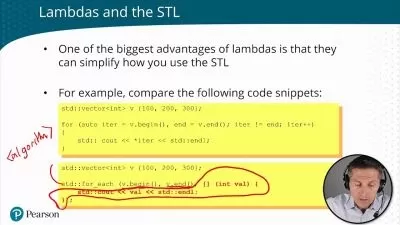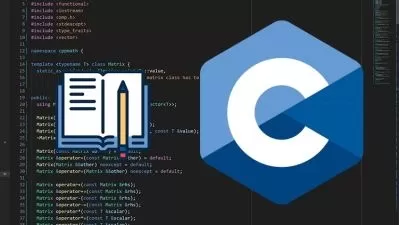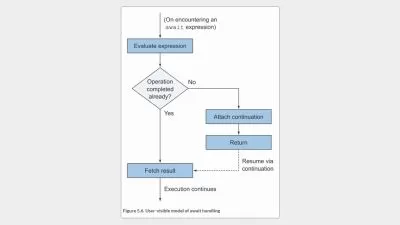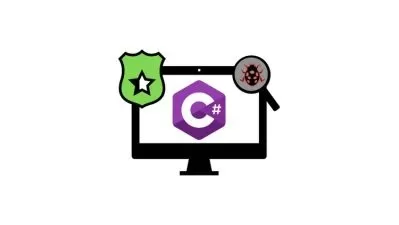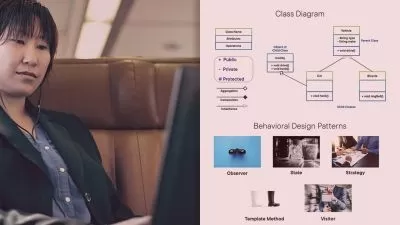Design Patterns in C++: Structural - Adapter to Decorator
Dmitri Nesteruk
1:38:20
Description
If you're a developer or architect, you need to know how to recognize and apply design patterns in your work. This course will teach you about structural design patterns in modern C++, including the Adapter, Bridge, Composite and Decorator patterns.
What You'll Learn?
The correct application and recognition of design patterns is an important skill for developers and architects. This course, Design Patterns in C++: Structural - Adapter to Decorator (part of a multi-series course on C++ patterns), introduces you to Structural design patterns. First you'll cover the Adapter and Bridge patterns, moving on to the Composite and Decorator design patterns. You'll also be shown different ways in which these patterns can be implemented in modern C++ (C++ 11 and beyond). Software required: a C++ IDE (e.g., Visual Studio, CLion) or a text editor (e.g., VIM, EMACS) together with a C++ compiler (e.g., GCC, Clang).
More details
User Reviews
Rating
Dmitri Nesteruk
Instructor's Courses
Pluralsight
View courses Pluralsight- language english
- Training sessions 29
- duration 1:38:20
- level average
- Release Date 2023/12/14






